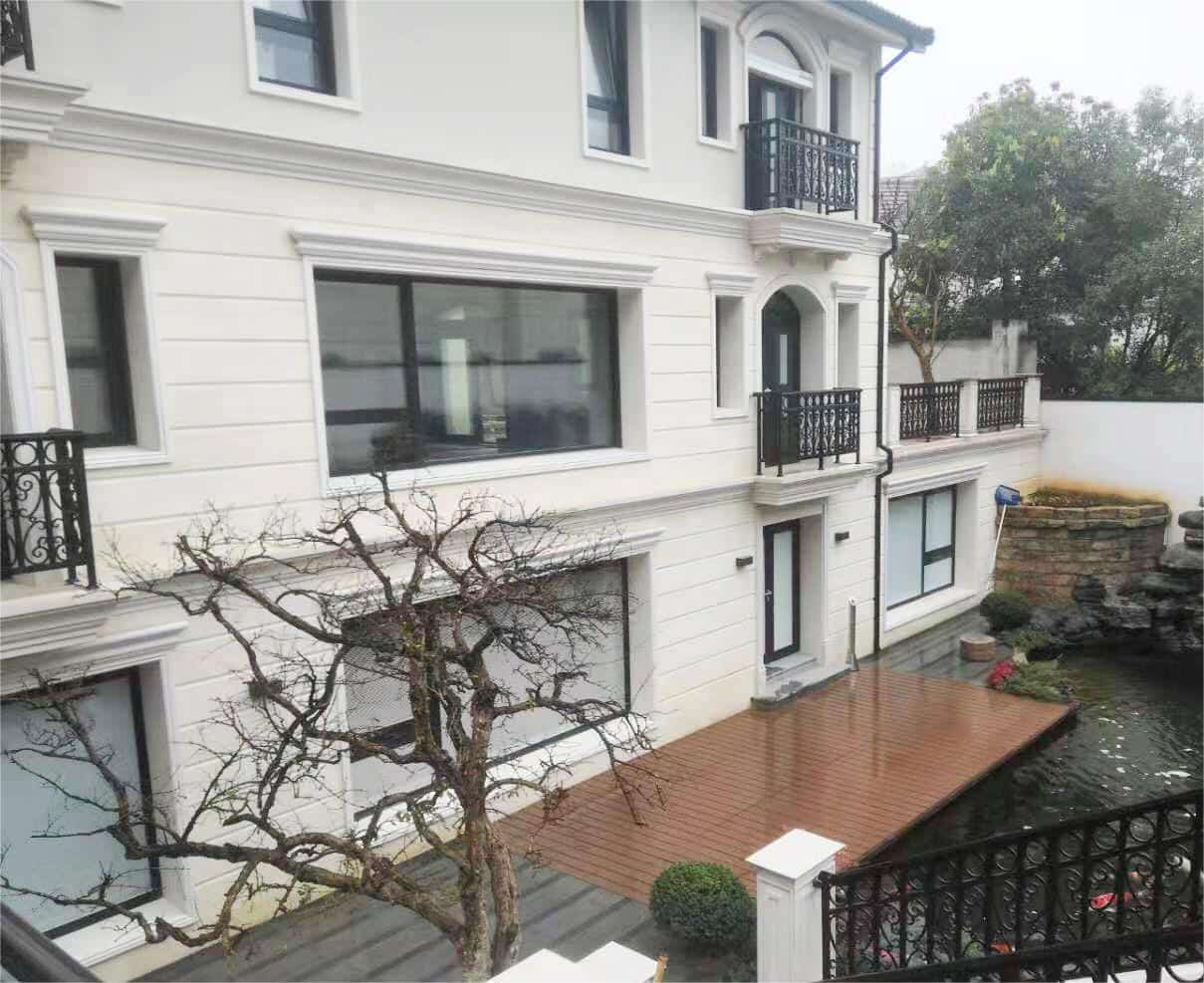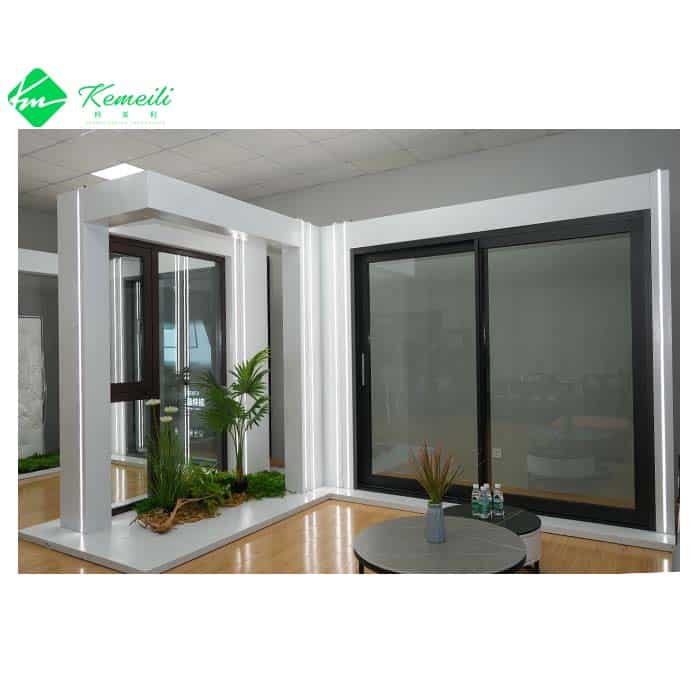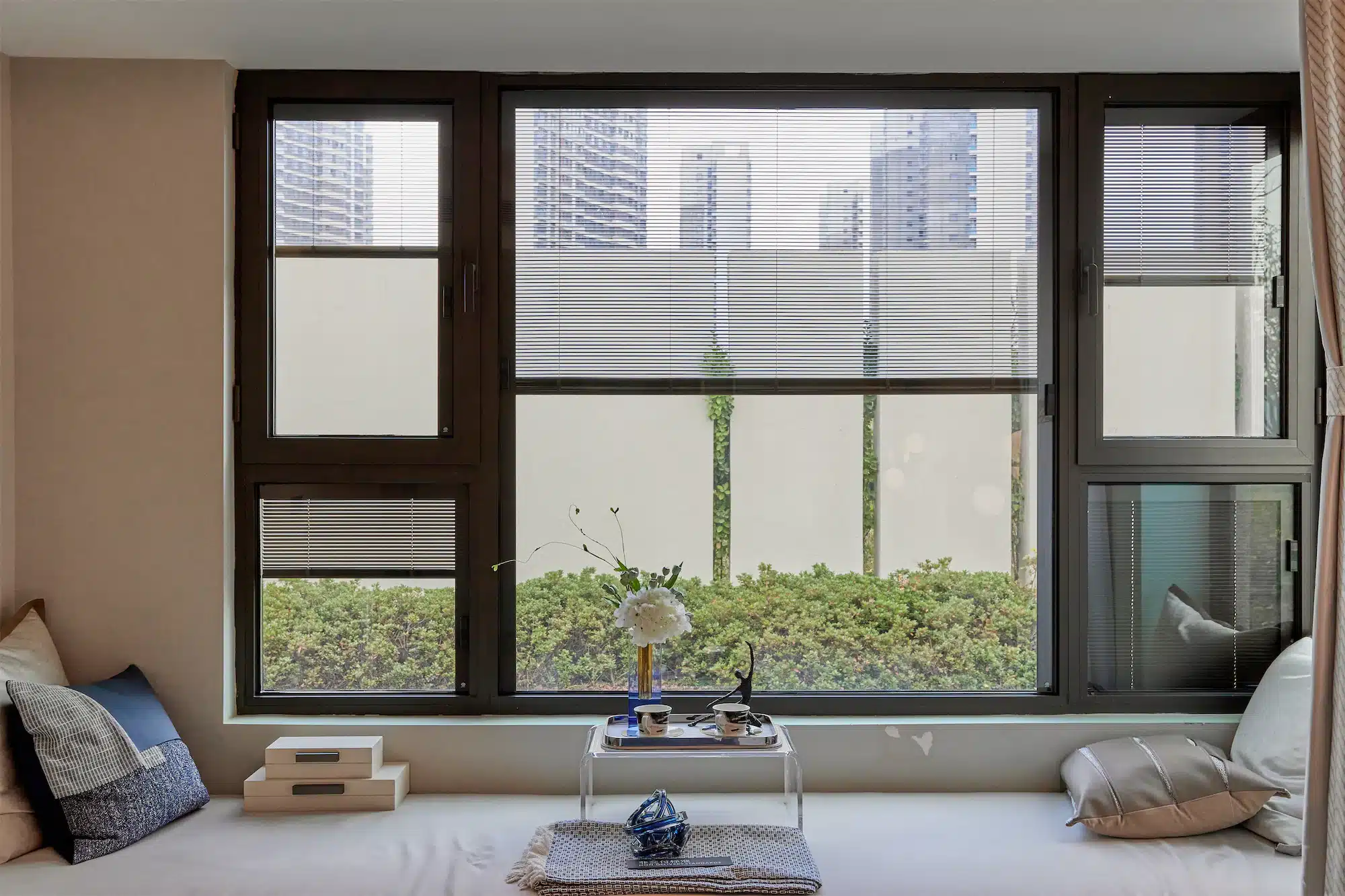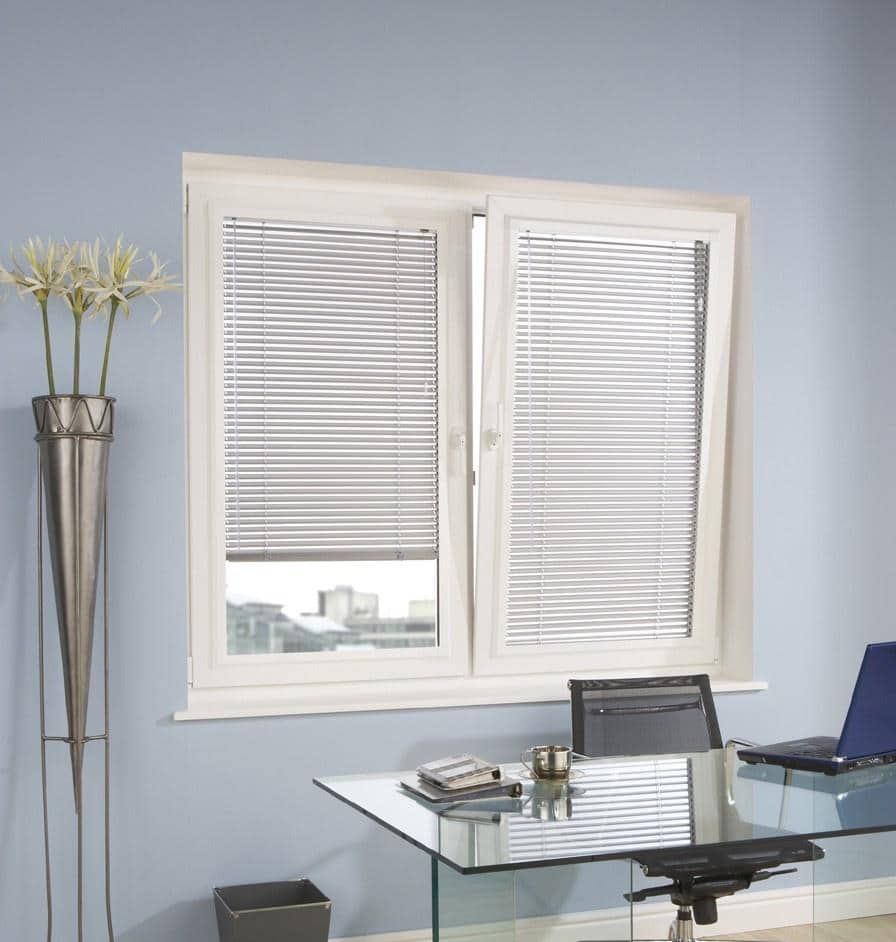The demand for soundproof windows generally comes from residents who are troubled by noise disturbances. In the market, there is a wide variety of products advertised as “soundproof windows,” but sellers often provide conflicting information about their soundproofing capabilities. Currently, soundproof windows can be broadly categorized into the following types based on the type of glass used:
- Insulated Glass
- Vacuum Glass
- Laminated Glass
Insulated Glass: Typically, insulated glass consists of two layers of glass. The glass is sealed with high-strength and high-airtightness composite adhesives along with sealing and glass strips. A 6-9mm air gap is filled with dry gas between the glasses, and the frame is filled with a desiccant to ensure the dryness of the air between the glass panes. Insulated glass, due to its air cavity, provides good insulation and thermal efficiency. It is effective in isolating medium to high-frequency noises such as human voices or high-pitched speaker sounds. However, some suppliers in the market may use substandard materials to lower costs, resulting in yellowing and brittle profiles after a few years of use. Therefore, it is advisable to choose suppliers carefully. Insulated glass is generally suitable for the needs and price range of the general public. To address the issue of curtain cleaning, a series of built-in integra blinds have been developed, combining curtains with insulated glass. Kemeili, for instance, utilizes tempered glass and Low-E glass, which have been professionally certified by IGCC, providing a high cost-performance ratio.
Vacuum Glass: Vacuum glass generally consists of two layers of 4mm-thick flat glass, with a 1.5mm vacuum layer in between. During the vacuuming process, negative pressure is formed between the two glass panes. Without proper supports or support points, the two glass panes would adhere, resulting in the loss of the vacuum layer. Therefore, small support points or supports are placed between the double-layer glass during the production of vacuum glass. As vacuum glass has almost no air between the two glass layers, it possesses extremely high thermal resistance and is an excellent insulating product. This is precisely the reason behind its design—to provide superior insulation properties that are difficult for insulated glass to match. However, since vacuum glass is a relatively new product for insulation and energy-saving and has not yet entered mass production, its price is correspondingly higher.
Laminated Glass: Laminated glass, also known as safety glass, involves sandwiching one or more layers of glass with a polyvinyl butyral (PVB) interlayer. Laminated glass offers two main advantages: safety and earthquake resistance. Even if it shatters, the fragments adhere to the interlayer, and the shattered glass surface remains clean and smooth. Laminated glass has excellent resistance against intrusion. The interlayer can withstand continuous attacks from tools such as hammers and axes.
In conclusion, the three types of glass mentioned—insulated, vacuum, and laminated—offer varying degrees of soundproofing effectiveness. Insulated glass is widely suitable for the general public due to its reasonable cost and good insulation capabilities against medium to high-frequency noise. Vacuum glass provides exceptional insulation but is still relatively new and expensive. Laminated glass offers safety features and is resistant to intrusion. Consideration of individual requirements, budget, and specific noise issues will help in determining the appropriate type of soundproof glass to choose.




